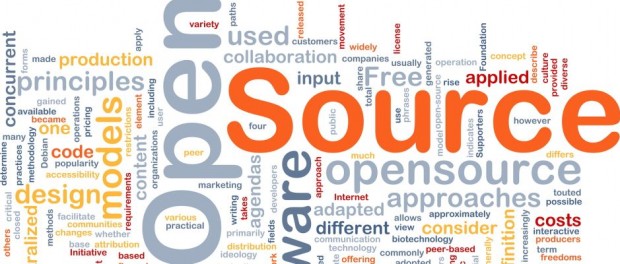Free Software – The Good, The Bad, and The Ugly
There are many different types of free software available–some good and some bad. I’ll share some of my experiences in this multi-part series.
There are many different types of free software available–some good, some bad, and some ugly. Having worked in the technology business for 30 years, I have a lot of experience with software in general and certainly my fair share of experience with free software.
My Free Software Experience
First, I wanted to give you a list of a some of the free software I’ve used over the years. I’ll leave web browsers out of this because we’ve all probably used those somewhere along the way. I’ve also left out free software for mobile devices. Here’s a partial list:
- pfSense
- BugTracker.net
- ASSP
- RT
- Audacity
- Notepad++
- VLC Media Player
- 7-Zip
- BugShooting
- Tortoise SVN
- HDGraph
- Irfanview
- Fiddler
- WinMerge
- SugarCRM
- MySQL
- Nagios
- soapUI
- MySQL
- SmarterTrack
- SmarterStats
- SmarterMail
- FileZilla
- TextMate
Free Software Categories
I’m not even going to attempt to cover every single variation of free software licensing. Just the “Open Source” category has too many different flavors for me to keep up with. My goal here is to give you some idea how different free software types differ from the user’s perspective.
Open Source
As I mentioned above, there are many different flavors of open source software with many different licensing such as Apache, BSD, GNU, MIT and Mozilla. The key word here is “source”–with open source, you have access to the source code and can modify it however you desire within the limitations of the particular licensing scheme under which the software is provided.
I have used quite a few open source software packages without ever modifying a line of code. The majority of open source software is written for Linux, so as a .NET programmer, I haven’t had much opportunity to write code or provide bug fixes–I actually did contribute a SMALL bug fix to the BugTracker.NET project a few years ago.
Free Software
Some free software is provide without source code access. I guess sometimes this is done out of the goodness of the developer’s heart but most of what I see these days are companies providing free software that is complementary to a piece of software or service that they sell. Often, you are required to give your email address before being able to download the software–the company will then use your email address to market their paid products.
Trialware, Shareware, and Crippleware
These are three (really two) variations of free software that give you the ability to try-before-you-buy.
Trialware is software that is free to use for a limited amount of time or a limited number of uses and then either quits working or reverts to crippleware. Shareware is just a misleading term which means the same thing as trialware. I have stricken “shareware” from my vocabulary because it is very misleading.
Crippleware is software that has some functionality disabled until you purchase a license for the software.
Adware
Adware is software that you don’t pay for but inundates you with ads sometimes forever and sometimes until you pay for a license. If you think about it, this is pretty much the same business model that broadcast TV uses. A lot of “free” games for the iPad and iPhone are adware.
Be aware that a nasty variation of adware is out there. Sometimes hackers will take a free or open source piece of software and hack their changes into it to compromise the security of your computer and then make it available for download to unsuspecting users. This is why you need to be sure you are downloading a legitimate copy of the free software. I’ll talk more about that in a future article.
There have also been cases where adware or freeware was harvesting data from users’ devices that was unnecessary to the task at hand, like pretty much all of the flashlight apps for the iPhone. Thank goodness Apple finally added the flashlight feature directly into iOS.
Conclusion
There is a lot of free software available and it comes in many different variations of “free”. There is also some free software out there that you really need to avoid. In the next article, I will start getting into more detail on my specific experiences with free software.


Leave a comment